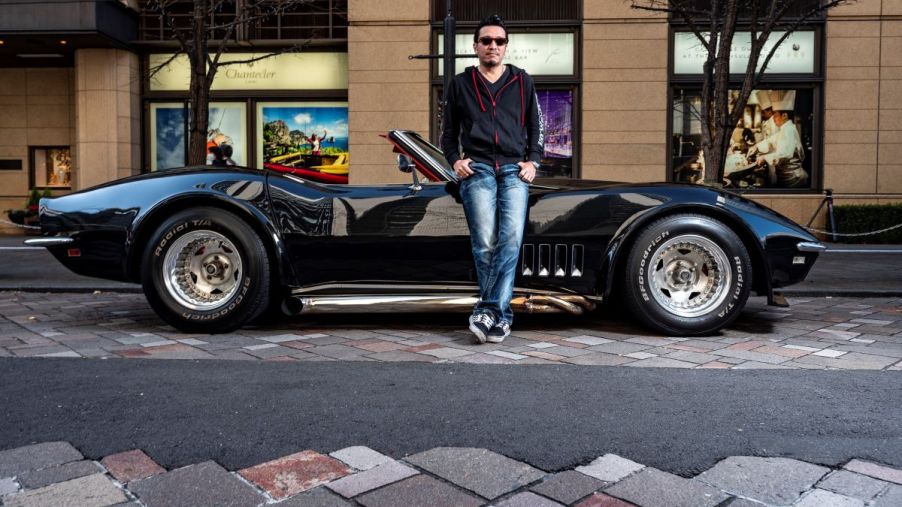
Viva La ‘Vette: A History of the Iconic Chevy Corvette
The Corvette is easily one of the most iconic American muscle cars, and it has been throughout its life. It’s relatively affordable compared to other luxury sports cars and supercars, it’s wildly fun, and it always stands out. Explore the history of the Chevy Corvette to see how this car came to be the monster it is today.
Note: Back in the day, there used to be more changes to cars yearly, rather than the five-to-eight-year cycles that we’re used to seeing now. So, the first few decades didn’t have specific generations in the same way that the latter did.
1st-gen Corvette: 1953-1962
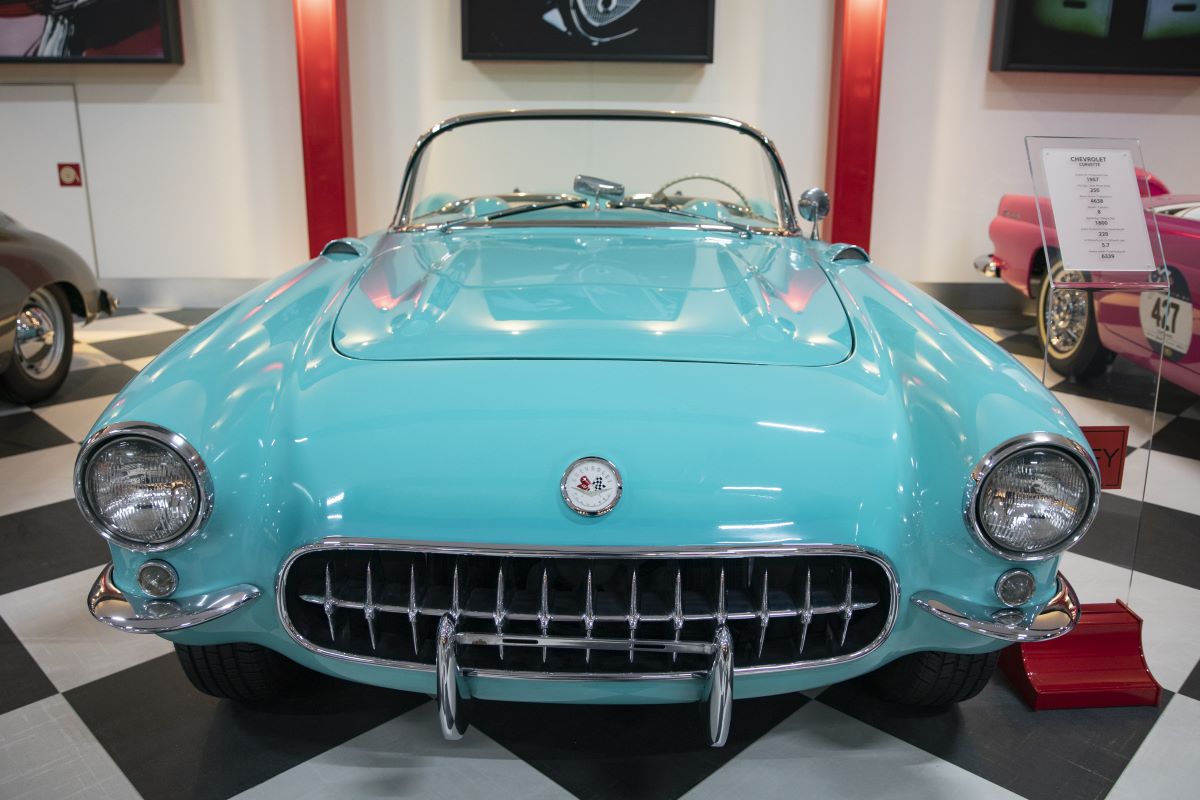
The 1950s marked the early birth of muscle cars, inspired by tiny sports cars from Europe. The first glimpse of the Corvette came in the form of “Project Opel” and the Corvette Corvair concept. It was one of the few concepts at the time that made it to production.
The first Corvette was a two-seat roadster with a fiberglass body and a six-cylinder engine that offered 150 horsepower (not bad for the time) and paired with a two-speed automatic transmission.
A V8 engine was available for the first time in 1955; it made 195 horsepower and partnered with a three-speed manual. In 1956, Chevy broke 200 horsepower—by 1957, the V8 saw up to 285 horsepower. The first generation of the Chevy muscle car included some of the best years for the Corvette, even still today.
2nd-gen Corvette: 1963-1968
The 1963 Sting Ray Corvette was the first significant redesign of the Corvette’s history. It featured cool headlights that flipped up and a rear window split by a thin bit of extended roofline. This age also brought the first Corvette Z06 with a 360-horsepower V8 and a four-speed manual transmission. The second-gen Corvette focused more on power and performance than design—by the end of the generation, the V8 engine made up to 550 horsepower (suspected).
The iconic split rear window didn’t last long because nobody could see out of it, and people thought that might be dangerous. It’s still dangerous, but that doesn’t stop people from wanting one. The split-window Corvette is one of the top collectible models.
3rd-gen Corvette: 1969-1983
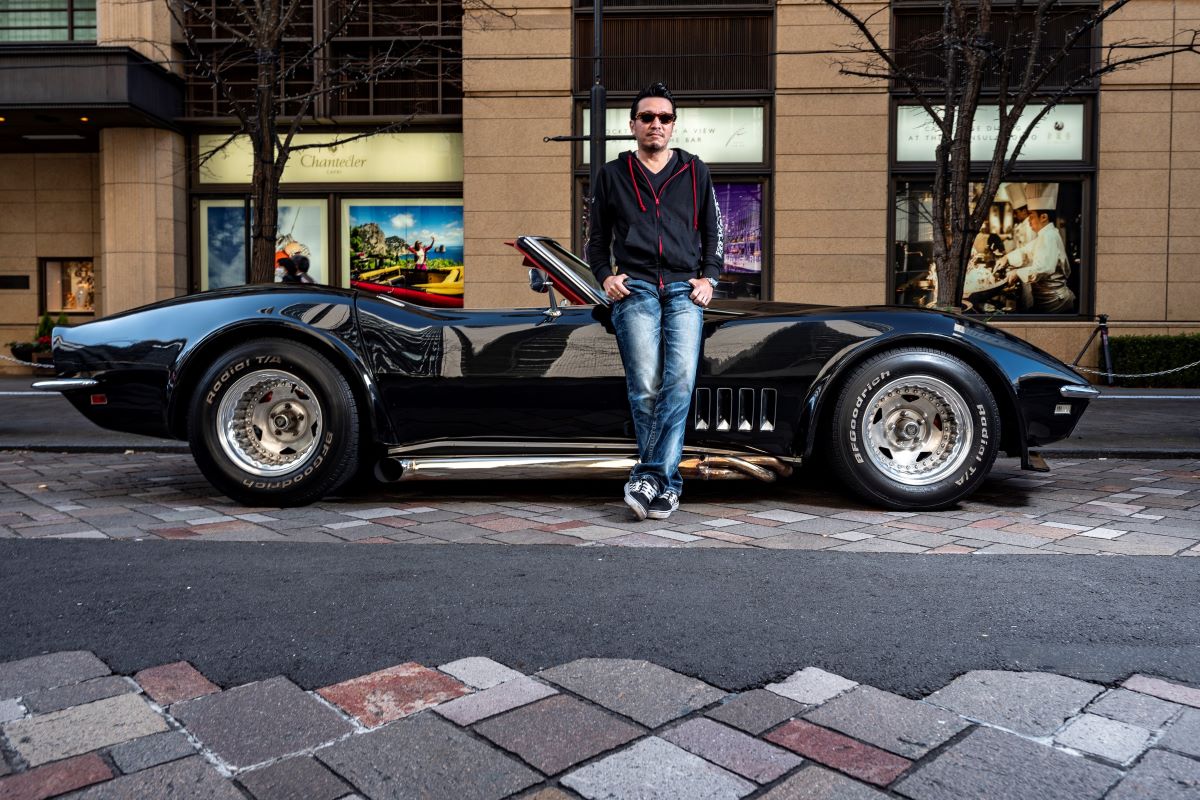
The ‘70s and early ‘80s were peak muscle-car mania, and the public loved the Corvette. Designers borrowed the specific styling from the Mako Shark II concept car, which introduced the iconic pinched-nose front end but deleted all semblance of a trunk.
In 1969, the Corvette also deleted the space in its name and became, officially, the “Stingray.” Other major news for the 3rd generation included the addition of a Corvette ZR-1 package, a new standard 350-cubic-inch V8 engine, and a new 454-cubic-inch LS5 engine making 390 horsepower.
4th-gen Corvette: 1984-1996
As a car produced in the ’80s, the Corvette had some very ‘80s styling. While the interior did not include Memphis Design-upholstered seats, the rest of it was very much a product of the time, but that product came with a purpose. The Corvette’s fourth-gen wedge design was more aerodynamic than the previous generation, which helped boost its top speed.
In 1990, the Corvette ZR-1 returned with a 5.7-liter V8 engine produced with Lotus and Mercury Marine. 1991 saw a refresh with new front- and rear-end styling and a new 300-horsepower LT1 V8 engine. If you’re looking for a classic used Chevrolet Corvette, the fourth generation could be a good place to start.
5th-gen Corvette: 1997-2004
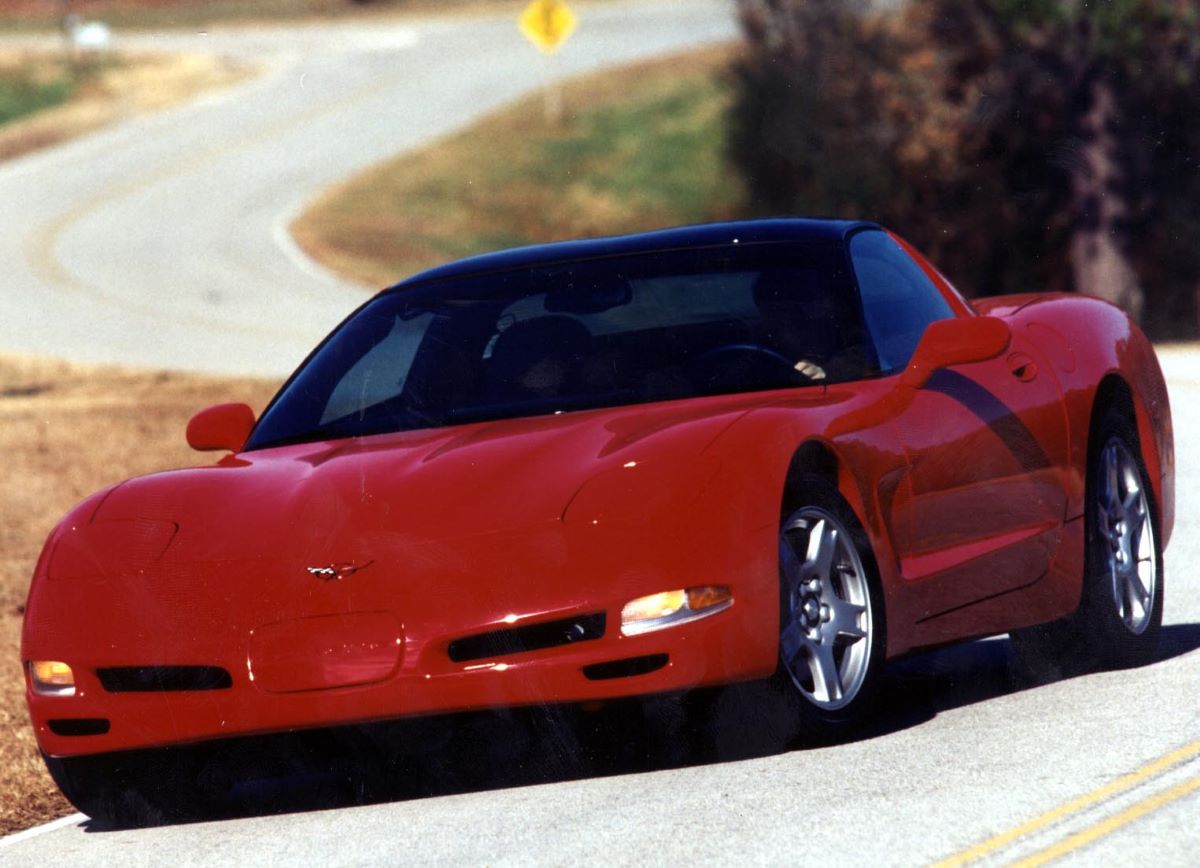
1997 ushered in a complete Corvette redesign. The fifth generation adopted a much smoother, sleeker styling than in past years. It was wider and longer than the C4 Corvette, improving passenger space and overall handling.1998 welcomed the C5 Convertible, while 1999 opened the doors for a fixed-roof Corvette coupe that did not offer the classic, removable roof panels.
In the early 2000s, GM introduced a new Z06 that made up to 405 horsepower and featured the company’s Performance Traction Management system.
6th-gen Corvette: 2005-2013
2005 saw another major redesign for the Corvette. The pop-up headlights disappeared, replaced with regular, boring fixed headlights; however, the overall exterior design evolved from the fourth and fifth generations. Not everything was rosy about this generation, though. The 2005 Corvette is one of the worst C6 model years you can buy because of the multitude of problems introduced.
Thanks to performance upgrades, this used C6 Corvette is one of the fastest cars under $15,000. Near the end of the generation, in 2009, Chevy gave the Corvette a new ZR-1 variant. It came with a supercharged 6.2-liter V8 engine good for 638 horsepower and had a 205-mpg top speed.
7th-gen Corvette: 2014-2019
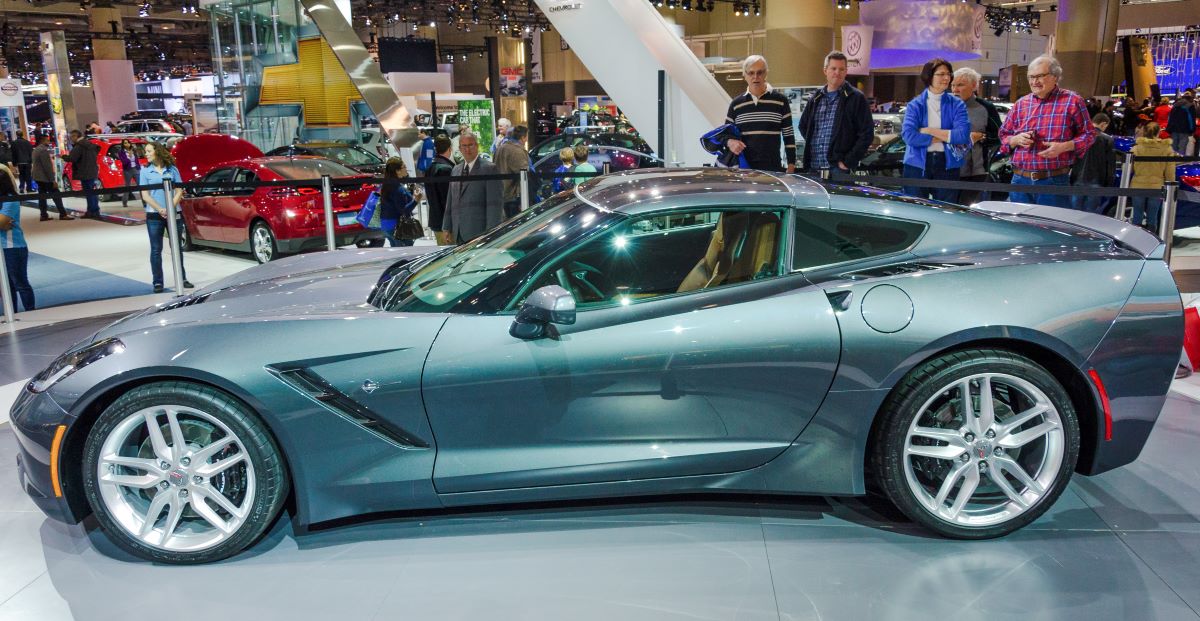
Chevy brought the Corvette Stingray nameplate back to life in 2014 with a 450-horsepower 6.2-liter LT1. This generation was rumored to bring about the redesign that would move the engine from the front to the middle of the vehicle. Alas, money struggles for Chevy’s parent company stopped this development.
The Z06 trim returned for the 2015 model year and came with a massive 650-horsepower 6.2-liter V8 engine and an available eight-speed automatic transmission. The 2015 Corvette Z06 had a 0-60 time of just three seconds, while the 2019 Corvette ZR1 upped the ante even more with a monstrous 755-horsepower V8.
8th-gen Corvette: 2020-present
2019 marked a pivotal moment for the Corvette, balanced precariously between the seventh and eighth generations. The 2019 ZRI saw the C7 out, and the release of a mid-engine Corvette ushered in the C8. This change deleted the manual transmission option, which was heartbreaking for many fans but was for the best in the long run.
This generation includes some of the best 2022 Corvette models. Admittedly, the C8 gets awful predicted reliability ratings, but that’s a curse from which most luxury sports cars suffer. Your Corvette is still likely to last for 150K-200K miles as long as you take care of it.
Long live the ‘Vette—long live muscle cars
These days, the Corvette is a legitimate supercar with the guts to prove it. It goes head-to-head with bigshots like the Challenger SRT Hellcat, Mustang Shelby GT500, Jaguar F-TYPE, and the Porsche Cayman.
The most recent Corvette was U.S. News’ Best Luxury Sports Car for 2022, and, according to Consumer Reports, it’s the most satisfying car. It’s over-the-top, it’s ridiculous, and it’s amazing. Long live the Corvette.
You can learn more about the history of the Corvette at U.S. News online.


